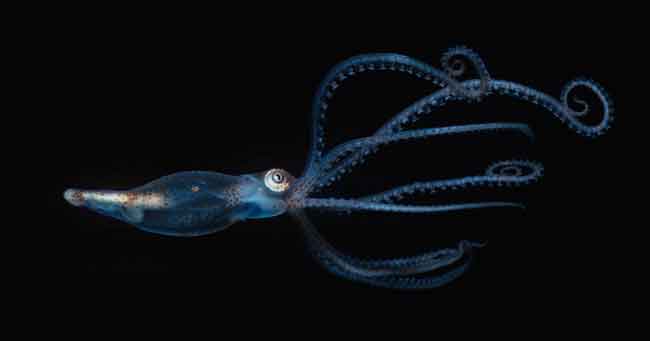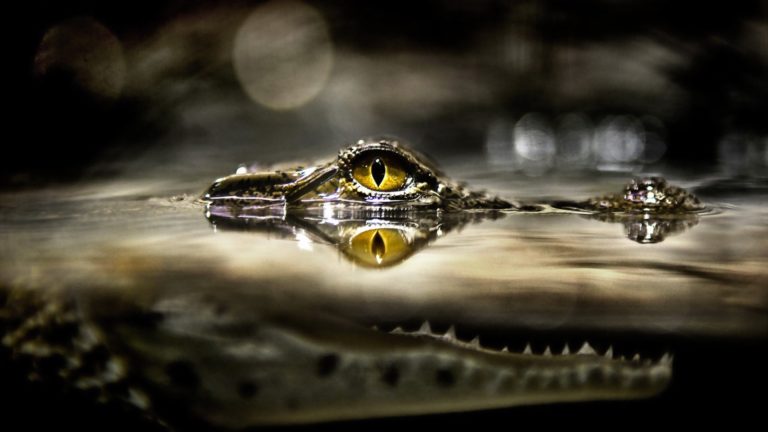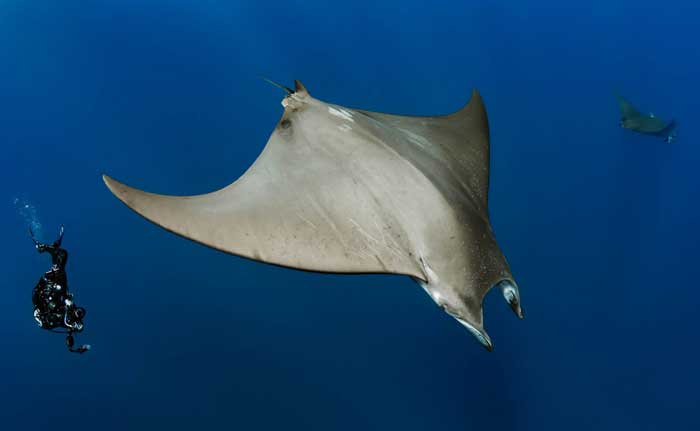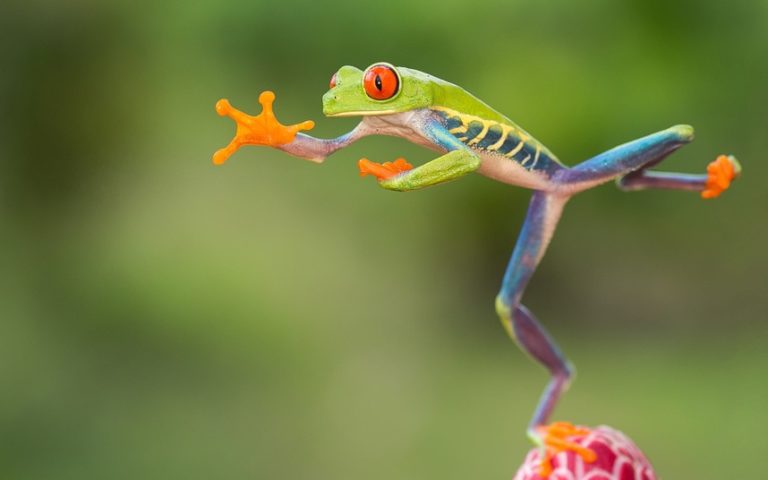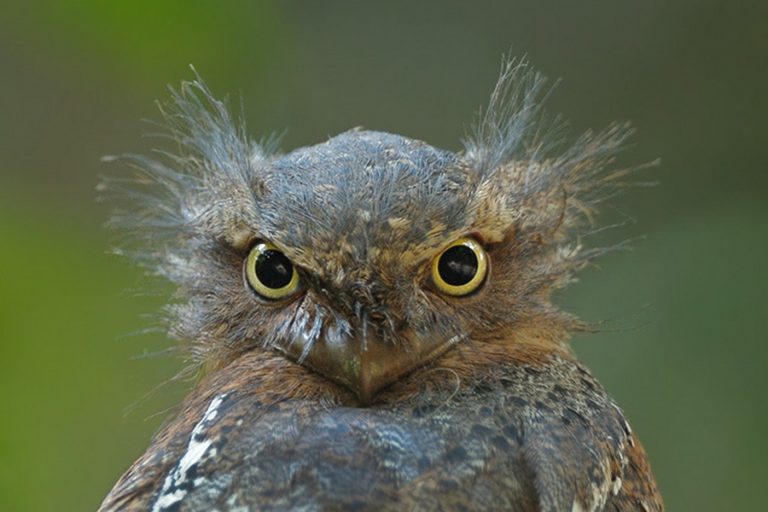Beyond Red: Animals with Blue, Green, and Even Transparent Blood
When we think of blood, the color red immediately comes to mind — it’s the shade of life itself. But in the natural world, things are rarely that simple. Not every creature bleeds red. In fact, some animals have blue, green, purple, yellow, or even colorless blood!
From ocean depths to tropical forests, evolution has painted the animal kingdom’s circulatory systems in a rainbow of unexpected hues. Let’s explore some of the most fascinating creatures whose blood defies the usual crimson shade.
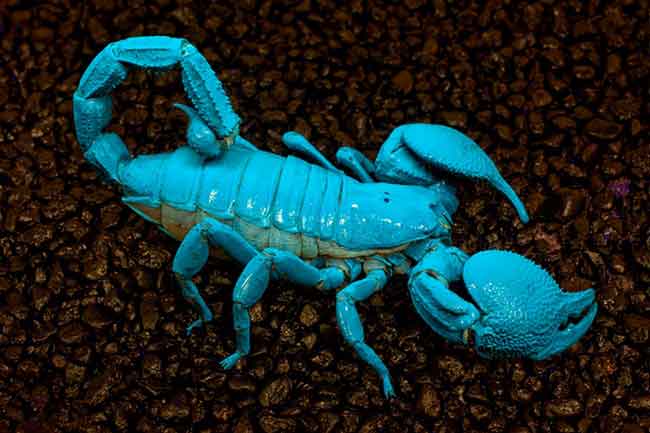
Animals with Blue Blood
The secret behind blue blood lies in a copper-based molecule called hemocyanin.
While humans and most vertebrates use iron (in hemoglobin) to carry oxygen — giving blood its red color — animals with hemocyanin rely on copper, which turns blue when oxygenated.
You might think this adaptation is limited to sea life, but blue blood appears across a wide range of species, from mollusks to arachnids.

Mollusks
We often think of mollusks as a delicacy on our plates, but few realize that these creatures have blue blood coursing through their veins. The presence of hemocyanin helps them survive in low-oxygen environments beneath the sea.
Oysters, mussels, and many other mollusks share this beautiful — and surprisingly practical — biological trait.
Cuttlefish, Octopuses, and Squids
Among the ocean’s most intelligent inhabitants, cephalopods like octopuses, squids, and cuttlefish rely on blue blood to endure freezing waters and extreme conditions.
Their copper-rich hemocyanin performs better than hemoglobin in cold, low-oxygen environments — helping them stay alert and agile even in the deepest parts of the sea. It’s one of many “superpowers” that make these tentacled marvels so extraordinary.

Emperor Scorpion
Despite their intimidating appearance, emperor scorpions are not particularly dangerous to humans. Their venom is mild — but their blue blood is far more impressive.
Thanks to high levels of hemocyanin, their circulatory system glows a metallic blue when exposed to oxygen. These large, jet-black scorpions are living reminders that beauty in nature often hides behind armor.
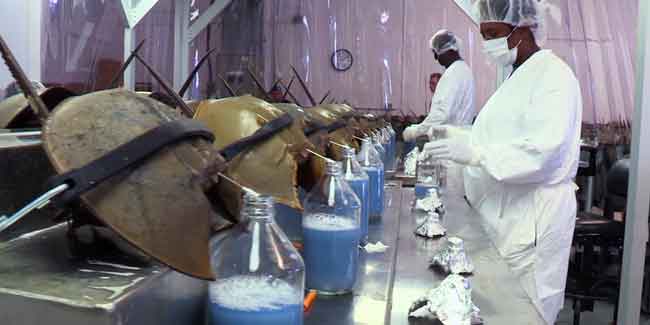
Horseshoe Crab
The horseshoe crab has walked the Earth for over 450 million years, predating even the dinosaurs — and it’s not really a crab at all!
Its blue blood contains a unique compound that clots instantly when exposed to bacterial toxins. Because of this, it’s become essential in medical testing: scientists use horseshoe crab blood to ensure that vaccines, surgical implants, and IV drugs are free of contaminants. In many ways, this ancient creature’s blue blood has saved countless human lives.

Lobsters
The blood of lobsters is normally clear, but it turns blue when exposed to oxygen. Like other crustaceans, lobsters use hemocyanin to transport oxygen, though in smaller amounts.
Their unusual circulatory system means that — unlike us — they can thrive even in cold, low-oxygen waters.
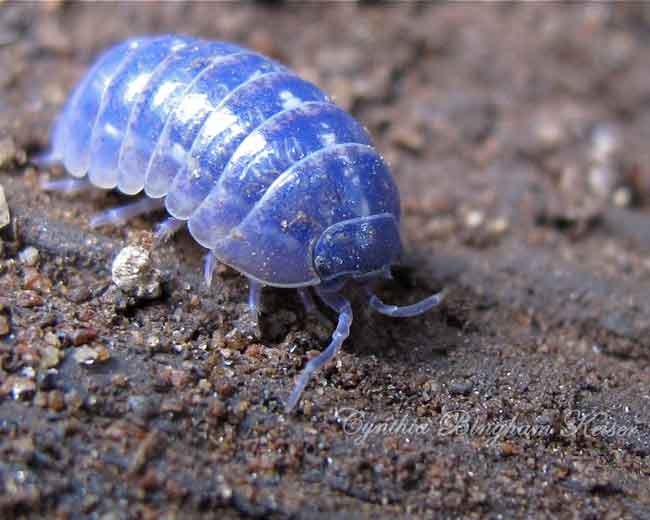
The Armadillidium (Pill Bug)
The common pill bug, often mistaken for an insect, is actually a small crustacean with blue-tinted blood. Even more curious, its body turns bluish when it’s sick!
These little “roly-polies” have other odd habits too — they can absorb water through their rear ends and even eat their own waste to recycle nutrients. Strange but true.
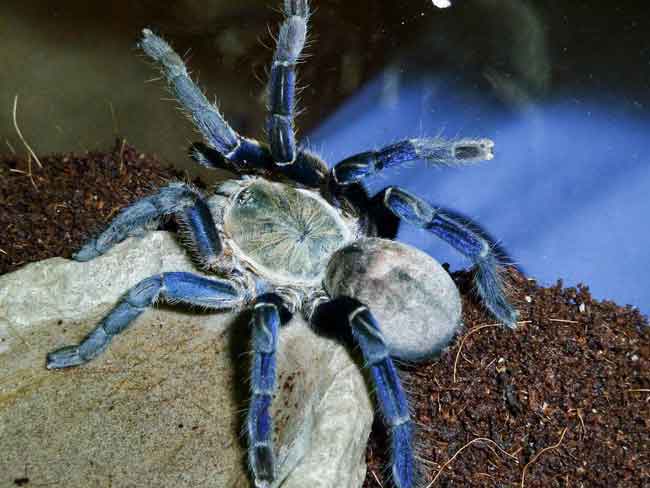
Tarantulas
Yes — even tarantulas have blue blood. These famously hairy spiders share the same copper-based chemistry as octopuses and crabs.
While few of us would want to get close enough to see it firsthand, their biology proves that evolution can reuse successful traits across wildly different species.

Snails
Like their mollusk cousins, snails also rely on hemocyanin, giving their blood a pale blue hue. Scientists often refer to it as “hemolymph” rather than blood — but it serves the same essential purpose, carrying oxygen throughout their slow-moving bodies.
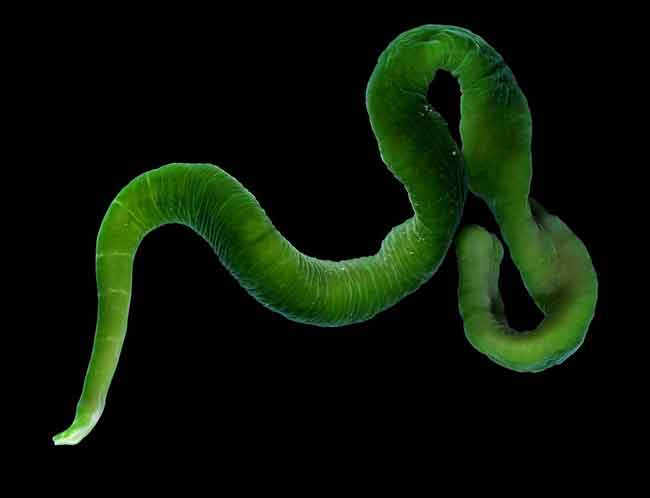
Animals with Green Blood
Green blood might sound like science fiction, but it’s very real — and surprisingly common in some parts of the animal kingdom. The color comes from a pigment called chlorocruorin or from the accumulation of bile pigments in the blood.

Skinks
In some skink lizards, blood turns green due to high concentrations of bile pigments, which are toxic in most animals.
These reptiles have evolved to tolerate — and even store — these chemicals safely. The result? Vivid green blood and tissues, and a natural defense: they taste awful to predators.

Tube Worms
Deep beneath the sea, tube worms also possess green blood. The pigment chlorocruorin gives their blood a light green tint when oxygenated and a darker shade when not. This adaptation helps them survive in the low-oxygen environments of the ocean floor — places where few other creatures could live.

Animals with Purple Blood
Yes, purple blood exists!
Certain marine worms known as sipunculids owe their violet hue to a protein called hemerythrin. When carrying oxygen, the pigment appears bright purple; without it, it turns nearly colorless.
It’s yet another elegant twist in evolution’s palette — proof that life has experimented with many ways to move oxygen around.

Animals with Yellow Blood
Yellow blood sounds impossible, but some insects truly have it. Technically, insects don’t have blood like ours — instead, they have a fluid called hemolymph, which circulates freely through their bodies rather than inside veins.
Its yellowish color comes from pigments and proteins that help distribute nutrients and maintain internal pressure, keeping the insect alive and active.
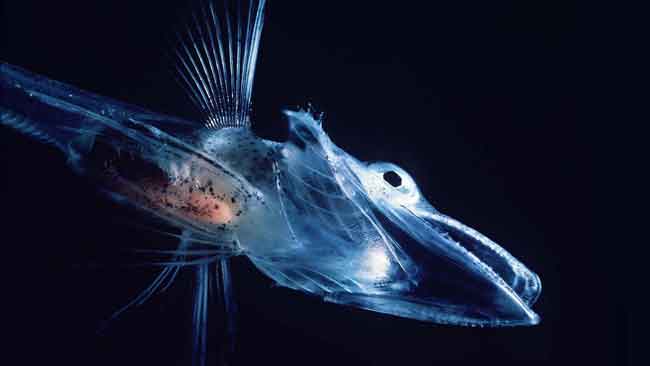
Animals with Colorless Blood
Perhaps the strangest of all are creatures whose blood has no color at all.
The best example is the icefish, which lives in the freezing waters of the Antarctic. Because oxygen dissolves easily in such cold water, these fish don’t need hemoglobin or hemocyanin to transport it. As a result, their blood is completely transparent — a fascinating adaptation to one of Earth’s harshest environments.
Nature’s Rainbow Beneath the Skin
From the icy veins of the Antarctic icefish to the emerald arteries of skinks, nature has reinvented blood chemistry countless times.
Each color — blue, green, purple, yellow, or clear — tells a story of adaptation, resilience, and creativity. It’s a reminder that even in the smallest drop, life finds infinite ways to thrive.


